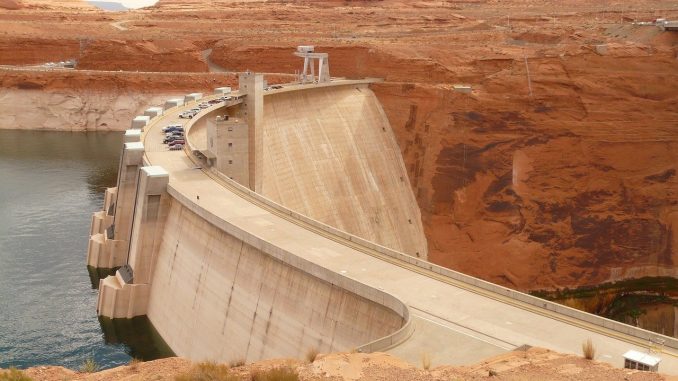
Water reservoirs in Morocco’s main dams continue to decline at an alarming rate. According to data from the General Directorate of Water, under the Ministry of Equipment, the reservoirs of national dams as of July 6 are limited to 4.8 billion cubic meters of a total capacity of 16.1 billion cubic meters, an average filling rate of only 30.2%. At the same time last year, this rate was still 46%, or about 2.8 billion cubic meters more.
Some dams are still well supplied with wells in northern Morocco, which remains relatively unaffected by water shortages. This is
the case of the Al Wahda dam, the largest in the country, which is 50.4% full.
The Directorate explains, however, that in general, water reservoir levels have dropped considerably. The Idriss I dam, near Fez, is filled to 38.8% (compared to 69.4% a year ago), while the Sidi Mohammed Benabdellah dam, near Rabat, records a filling rate of 34.2% (compared to 61% a year ago).South of the Umm Rabie River, the already critical situation has worsened.
The Al Massira dam, the second largest dam in the Kingdom (2.657 billion cubic meters), which supplies drinking water Marrakech and the southern part of Casablanca, and which irrigates agricultural areas of Doukkala, is considered dry, recording a filling rate of only 5% (11.8% a year ago), the Directorate warns, noting that south of the river Oum Errabiâ, the already critical situation has worsened.
For its part, the dam of Bin El Ouidane, the third dam in the country with a capacity of 1.2 billion cubic meters, is full to 13.8% while it showed a filling rate of 30% a year ago.
During this meeting, the Head of Government, Aziz Akhannouch, urged the government sectors to be proactive and to accelerate the proper implementation of the various programs related to water management.

Be the first to comment